Passive Flow Control on Pitching Airfoil Using Slot CFD Simulation – ANSYS Fluent Tutorial
Passive Flow Control on Pitching Airfoil Using Slot CFD Simulation – ANSYS Fluent Tutorial
- Upon ordering this product, you will be provided with a geometry file, a mesh file, and an in-depth Training Video that offers a step-by-step training on the simulation process.
- For any more inquiries regarding the product, please do not hesitate to reach out to us at info@CFDLAND.com or through our online support assistant.
€205.00 Original price was: €205.00.€190.00Current price is: €190.00.
Passive flow control is a useful way to improve aerodynamic performance without adding extra energy. This makes it especially useful in situations where ease and dependability are very important. Using our previously proven dynamic stall simulation as a base, this study adds a slot that is carefully placed and 1% of the thickness of the airfoil chord to see how well it changes the behavior of the boundary layer. The slot makes a natural secondary flow path that is pushed by pressure. This path energizes the boundary layer by letting fluid with more momentum move from the pressure side to the suction side of the airfoil. This passive device delays flow separation by re-energizing the boundary layer at key points. This could raise the maximum lift coefficient, lower the drag, and make the stall angle longer. Active flow control methods need power input, but this slotted design doesn’t need any upkeep and can be used in a variety of flight conditions with little weight gain. Our simulation tries to figure out how much these aerodynamic improvements matter by contrasting the performance of the slotted airfoil with the baseline configuration. We are mainly interested in how well it controls separation, how long it takes to stall, and how much it improves overall aerodynamic efficiency in both steady and changing flow conditions.
Figure 1: Energizing through the 1%c slot
Simulation Process
The CFD simulation is based on a standard NACA0012 airfoil modified with a 1% chord thickness slot that creates a passage from the pressure side to the suction side. The computational domain uses a structured grid with careful refinement around the slot region to accurately capture the flow features in this critical area. To simulate the pitching motion, we implemented the dynamic mesh technique in ANSYS Fluent, controlling the airfoil rotation using a custom User Defined Function (UDF) that precisely defines the sinusoidal pitching movement. This UDF maintains the same pitching parameters as our previously validated baseline case to enable direct comparison of results. The transient simulation employs small time steps to capture the rapid flow changes occurring both through the slot and around the airfoil during dynamic stall conditions.
Figure 2: Structured grid over Passive Flow Control on Airfoil Using Slot
Post-processing
The drag coefficient comparison reveals subtle but important differences between the baseline NACA0012 airfoil and the slotted configurations (t=0.005c and t=0.01c). During the peak drag phase (t/T≈3.2-3.3), the slotted models show slightly lower maximum drag values compared to the simple model, with the 0.01c slot thickness providing marginally better performance. The most significant drag reduction occurs during the second peak (t/T≈3.35), where both slotted configurations reduce drag by approximately 5-7%. The velocity contour visualization explains this improvement, showing how the slot creates a pathway for higher-momentum fluid (visible in yellow-orange regions) to energize the boundary layer on the suction side. This jet-like flow reaching velocities up to 33 m/s helps delay separation by adding momentum to the slower boundary layer region, visible as blue areas (0-10 m/s) near the airfoil surface.
Figure 3: Slot effect on pitching airfoil
This diagram of vorticity gives us more information about how the flow is controlled. It shows that the main leading-edge vortex still forms (it’s the big blue circle above the airfoil), but the secondary flow in the slot changes its strength and location. High vorticity areas (green-yellow bands) close to the slot exit show the process of re-energizing the boundary layer. With the slotted designs, the downstream wake structure looks more organized, which suggests less turbulence and explains why the drag characteristics are better. This passive flow control strategy effectively reduces the large flow separation during dynamic stall without requiring any extra energy. This makes it a useful way to improve aerodynamics in places like wind turbines, helicopter rotors, and very maneuverable aircraft where dynamic stall conditions happen often.
Figure 4: Velocity field with the presence of slot flow controller
We pride ourselves on presenting unique products at CFDLAND. We stand out for our scientific rigor and validity. Our products are not based on guesswork or theoretical assumptions like many others. Instead, most of our products are validated using experimental or numerical data from valued scientific journals. Even if direct validation isn’t possible, we build our models and assumptions on the latest research, typically using reference articles to approximate reality.
Yes, we’ll be here . If you have trouble loading files, having technical problems, or have any questions about how to use our products, our technical support team is here to help.
You can load geometry and mesh files, as well as case and data files, using any version of ANSYS Fluent.
€195.00 Original price was: €195.00.€155.00Current price is: €155.00.

€215.00 Original price was: €215.00.€165.00Current price is: €165.00.

€180.00 Original price was: €180.00.€150.00Current price is: €150.00.

€380.00 Original price was: €380.00.€185.00Current price is: €185.00.

€140.00 Original price was: €140.00.€85.00Current price is: €85.00.


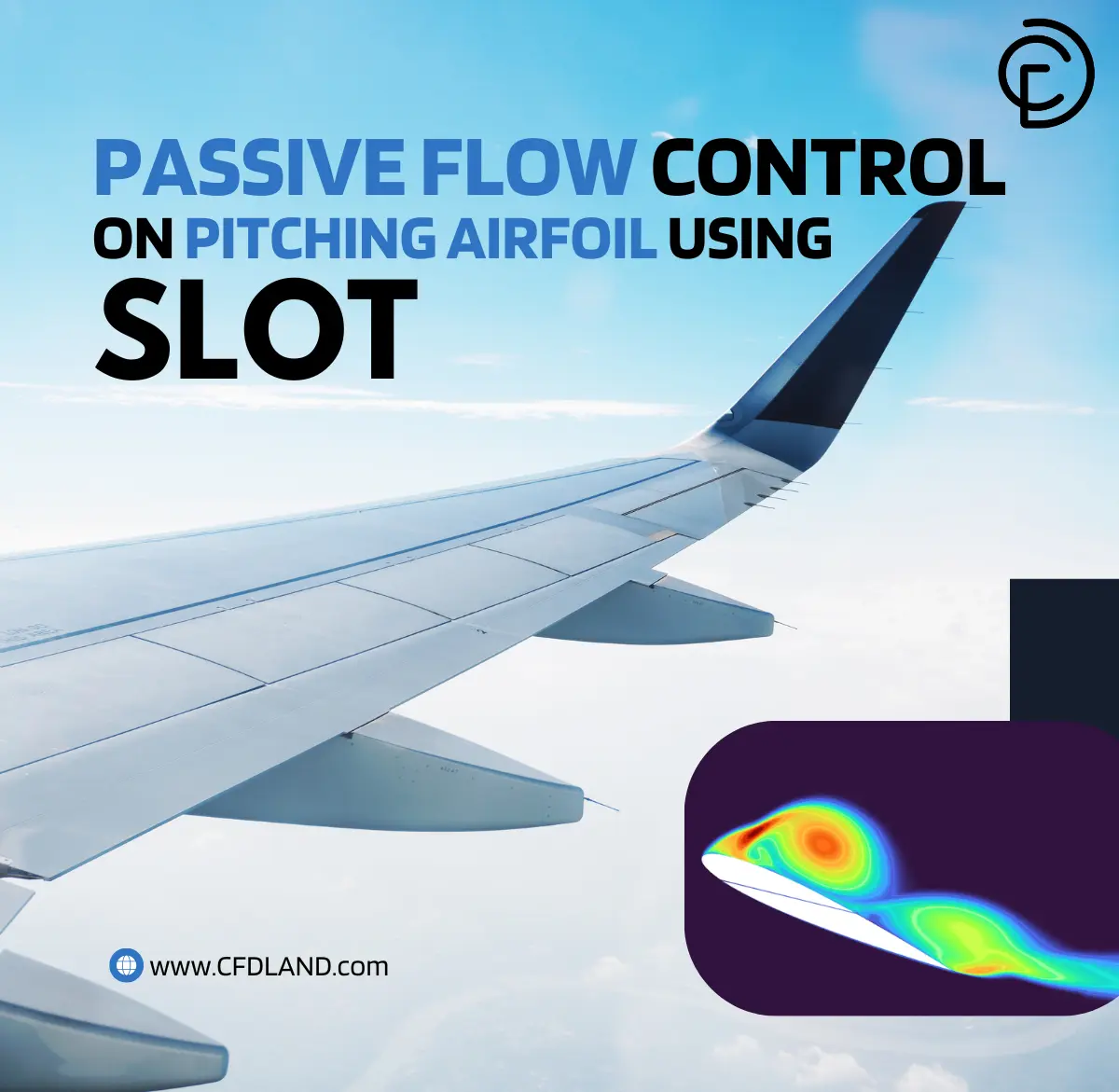
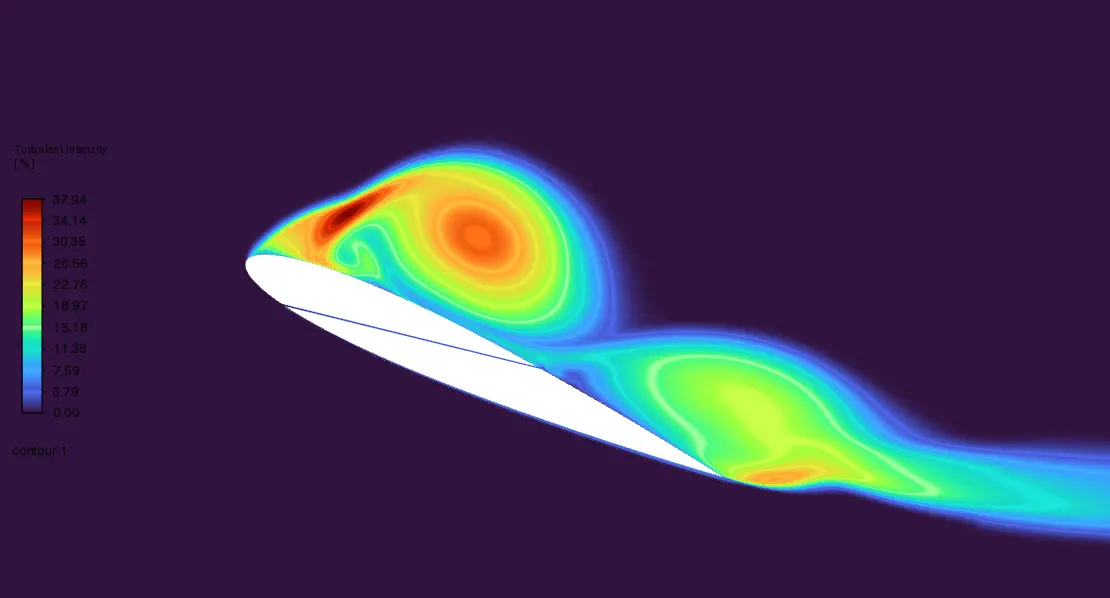
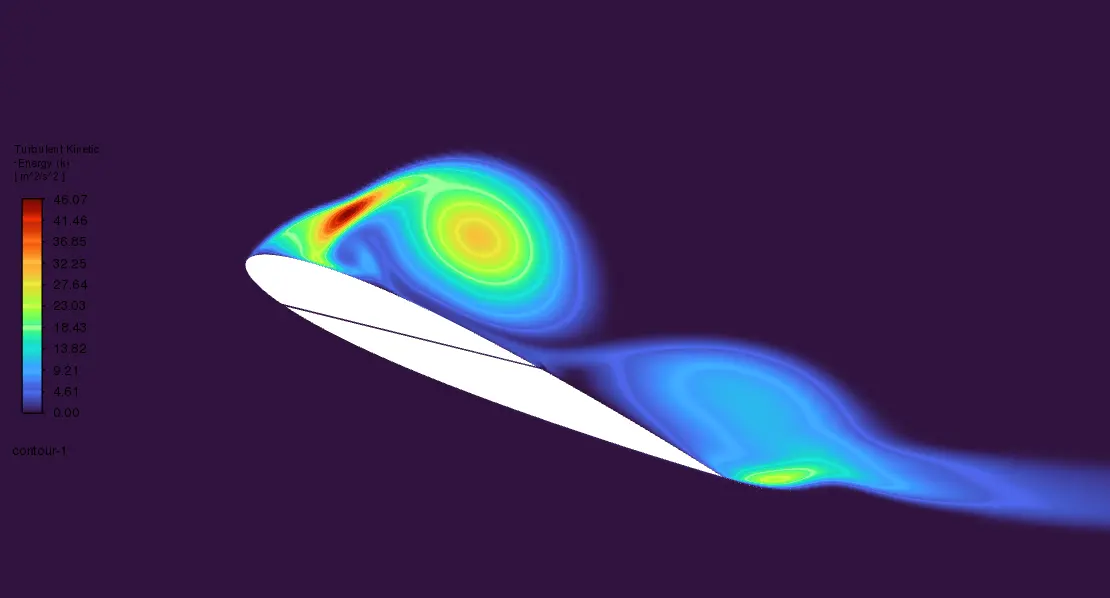
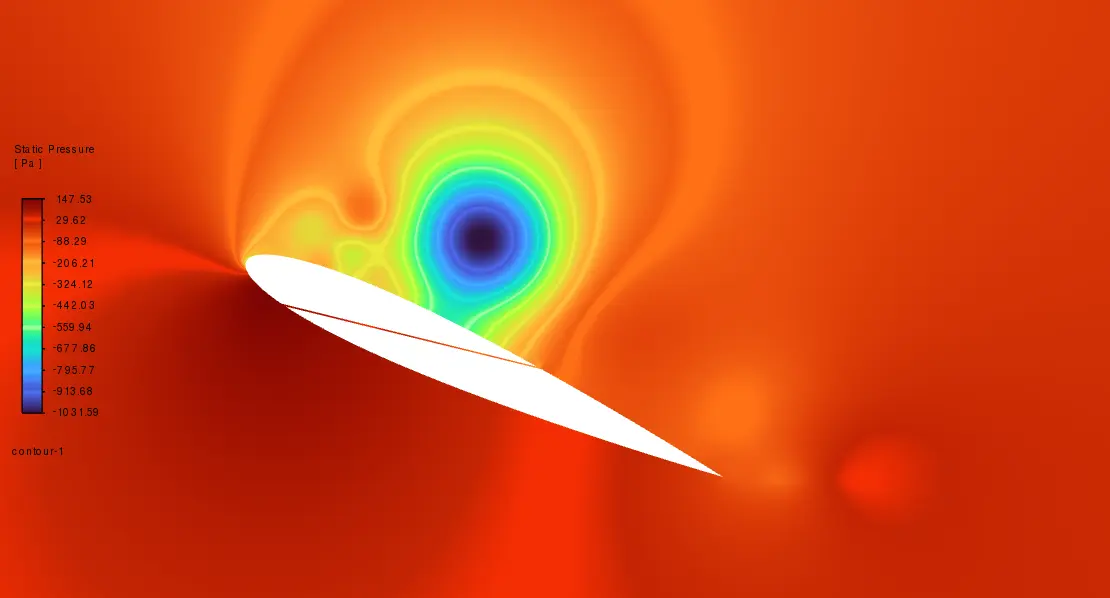
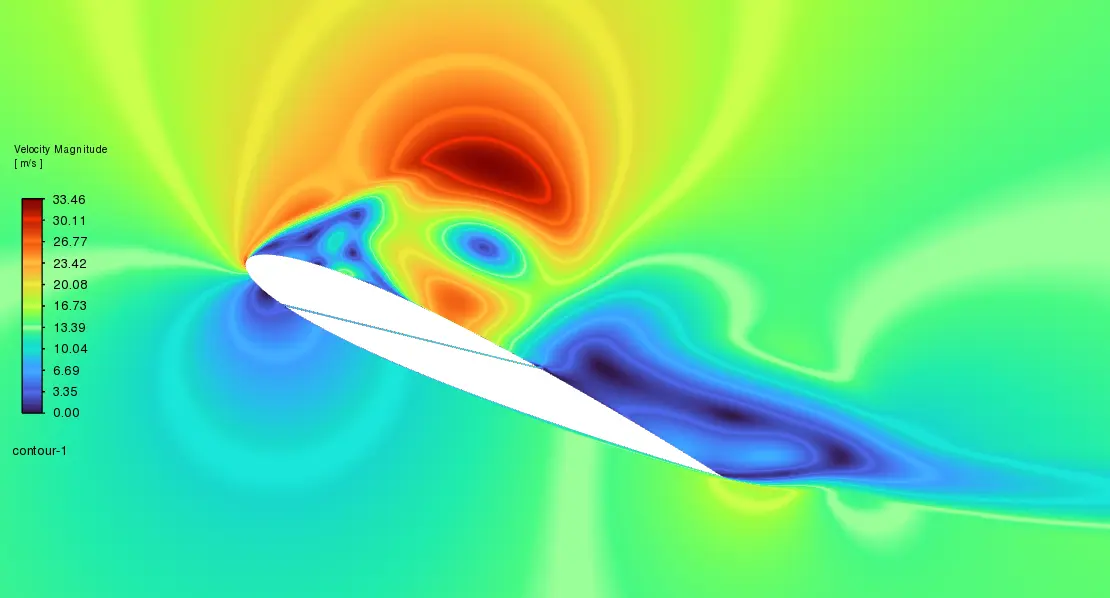
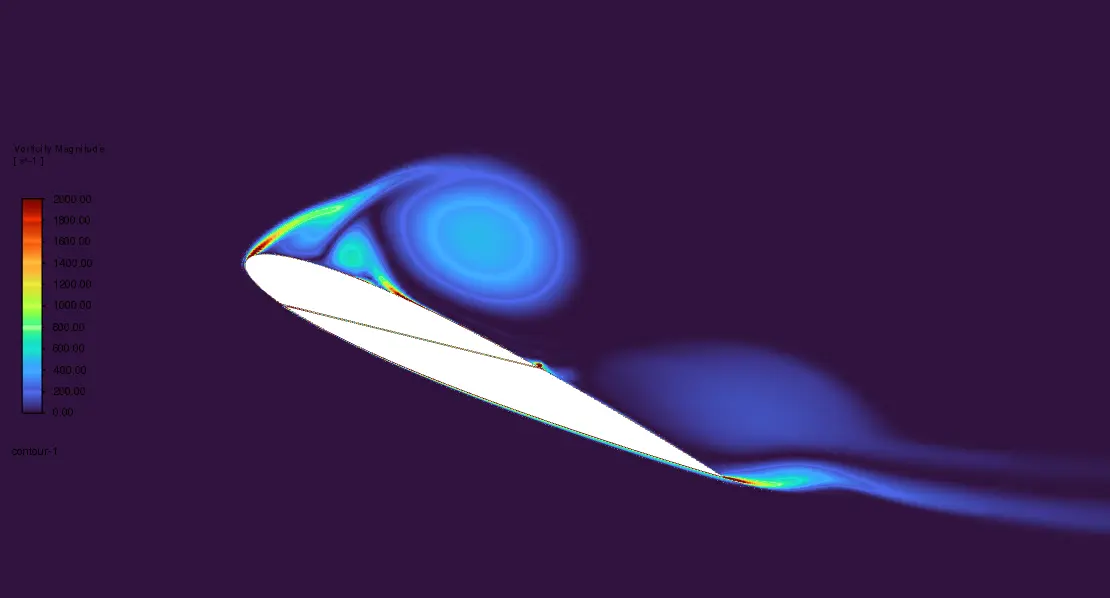


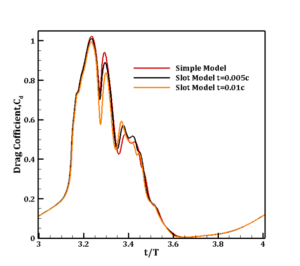
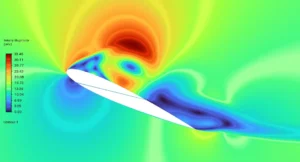





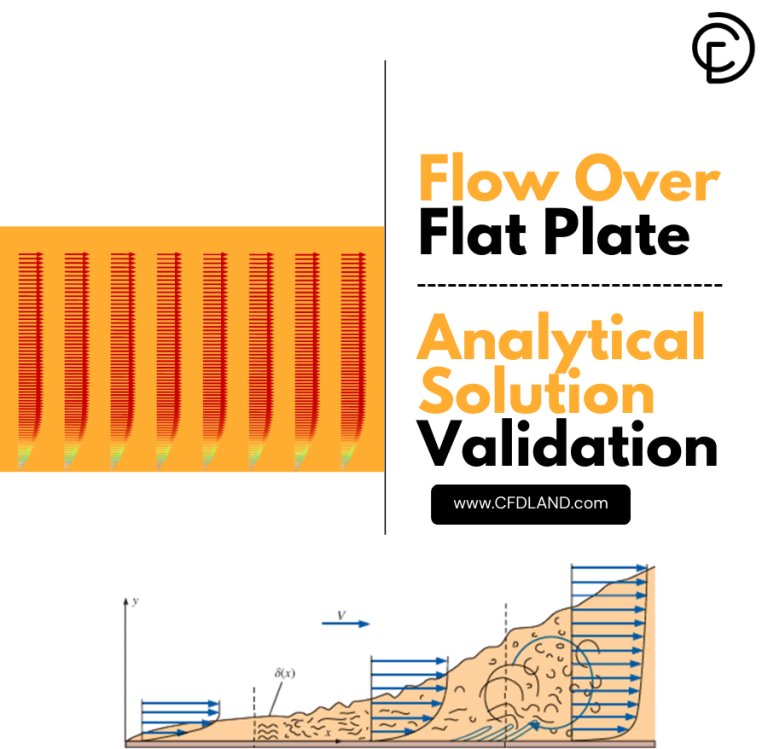
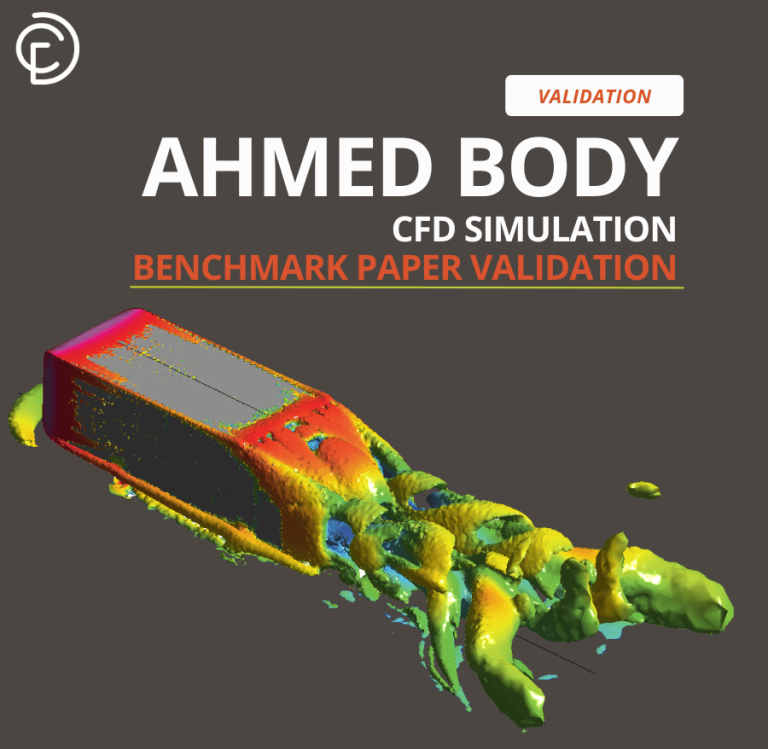
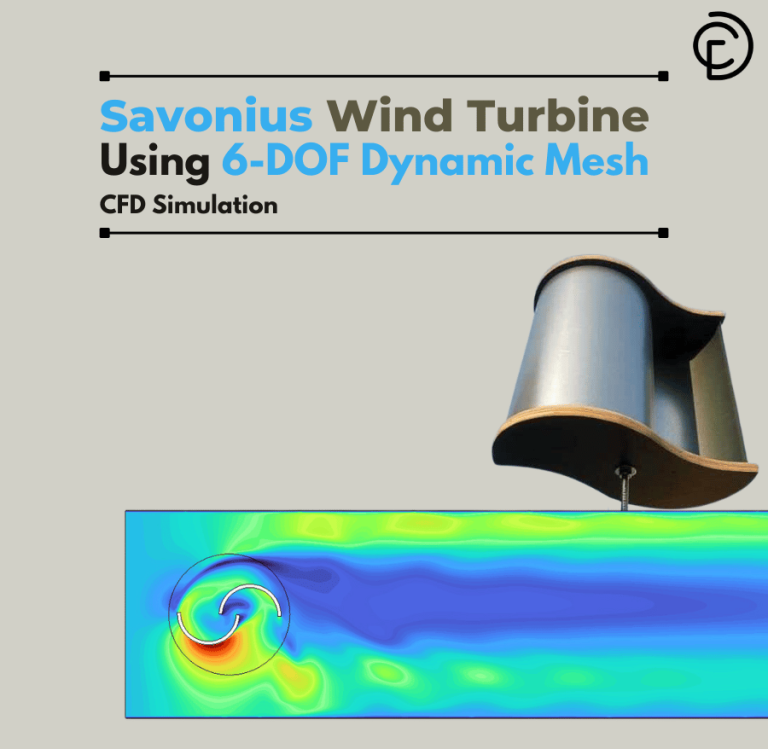
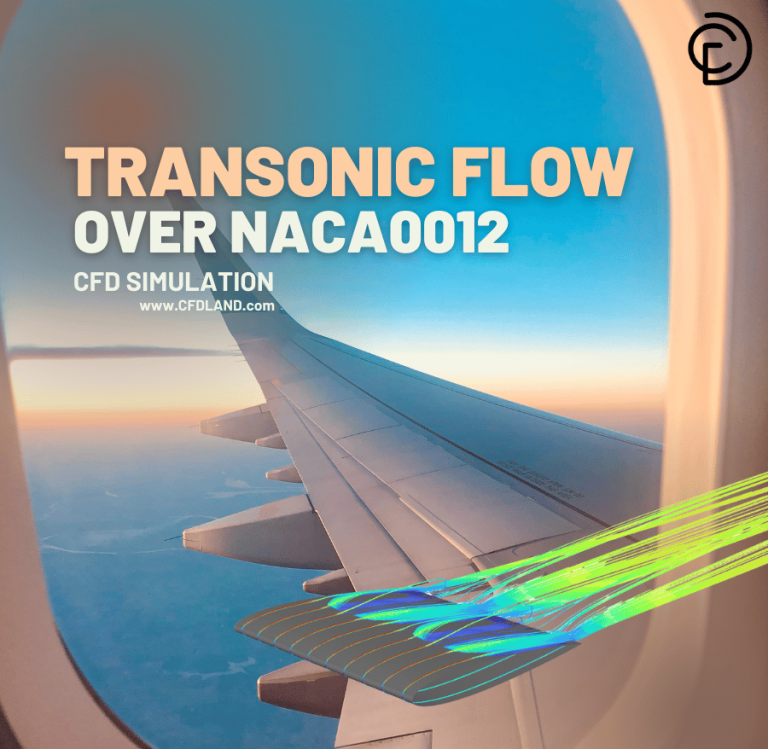

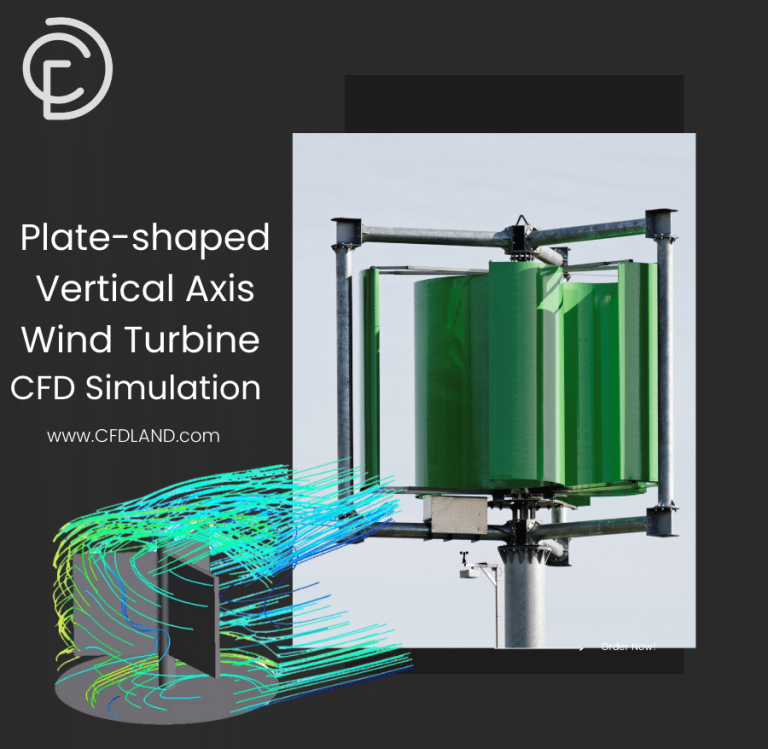
Reviews
There are no reviews yet.